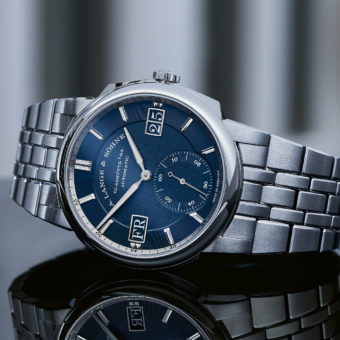The French called them aérostiers — those early aviation pioneers who piloted the first hot air balloons into the sky during the late 18th century, paving the way for the advent of powered flight. This year, Vacheron Constantin pays tribute to these balloonists and their historic, gravity-defying “aerostatic experiments” with five new timepieces in its aesthetically ambitious Métiers d’Art collection, called Les Aérostiers, which showcase on their breathtakingly detailed and colorful dials a combination of artistic techniques.
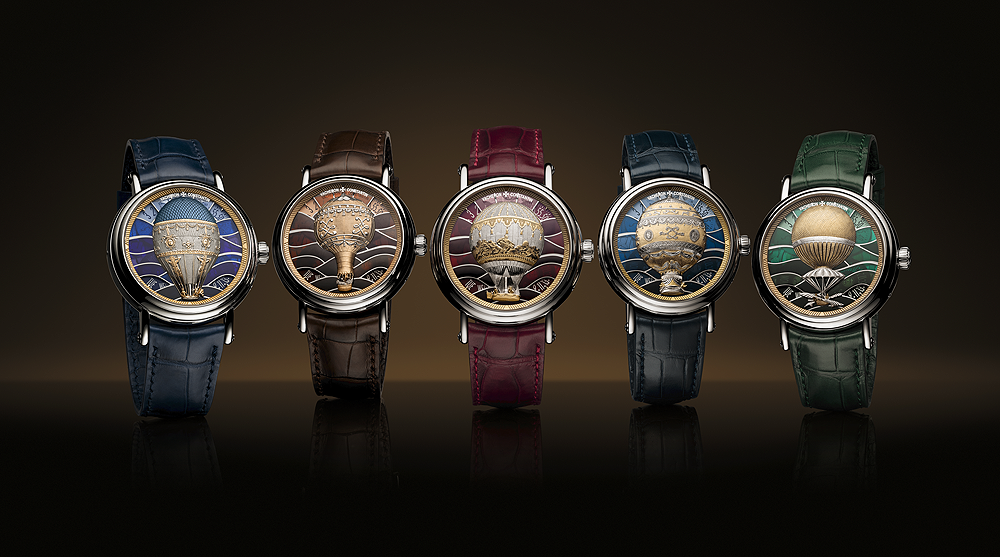
The dials of the Métiers d’Art Les Aérostiers watches combine hand-engraved, micro-sculpted gold depictions of five historical hot air balloons, whose flights took place between 1783 and 1785 in locations throughout France, with translucent background elements in plique à jour enamel. The balloons are created using a technique called pounced ornament engraving, in which a master engraver first traces the volumes of a two-dimensional rendering using a drypoint technique, then sculpts the materials to achieve a delicate rounded effect, carving out the curves of the balloons, their baskets, and the tiny lines of their ropes. The burins used to execute the engravings — along with other tools such as small stones, brushes, and files — must be repeatedly sharpened as the level of finishing becomes ever more precise, culminating in the smallest details on the human and animal figures, and on the meticulous decoration of the balloons. The technique used to create the backgrounds, a skill mastered by very few artisans in the modern era, is reminiscent of cloisonné enameling, with the absence of a base creating an effect akin to that of a stained glass window.
In chronological order by the date of the ballon flight that inspired each one, the timepieces in the collections are as follows:
The Métiers d’Art Les Aérostiers – Versailles 1783 commemorates the flight of the balloon designed by Étienne de Montgolfier, which carried a sheep, a rooster, and a duck (all, of course, reproduced as tiny gold figures on the dial) into the skies above Versailles. This experimental, unmanned flight was to gauge if the oxygen at a given altitude was sufficient for a human balloonist to breathe. Rising above the brown-shaded dial, the sculpted 5N rose-gold balloon even shows the frayed ropes that were damaged in the balloon’s landing.

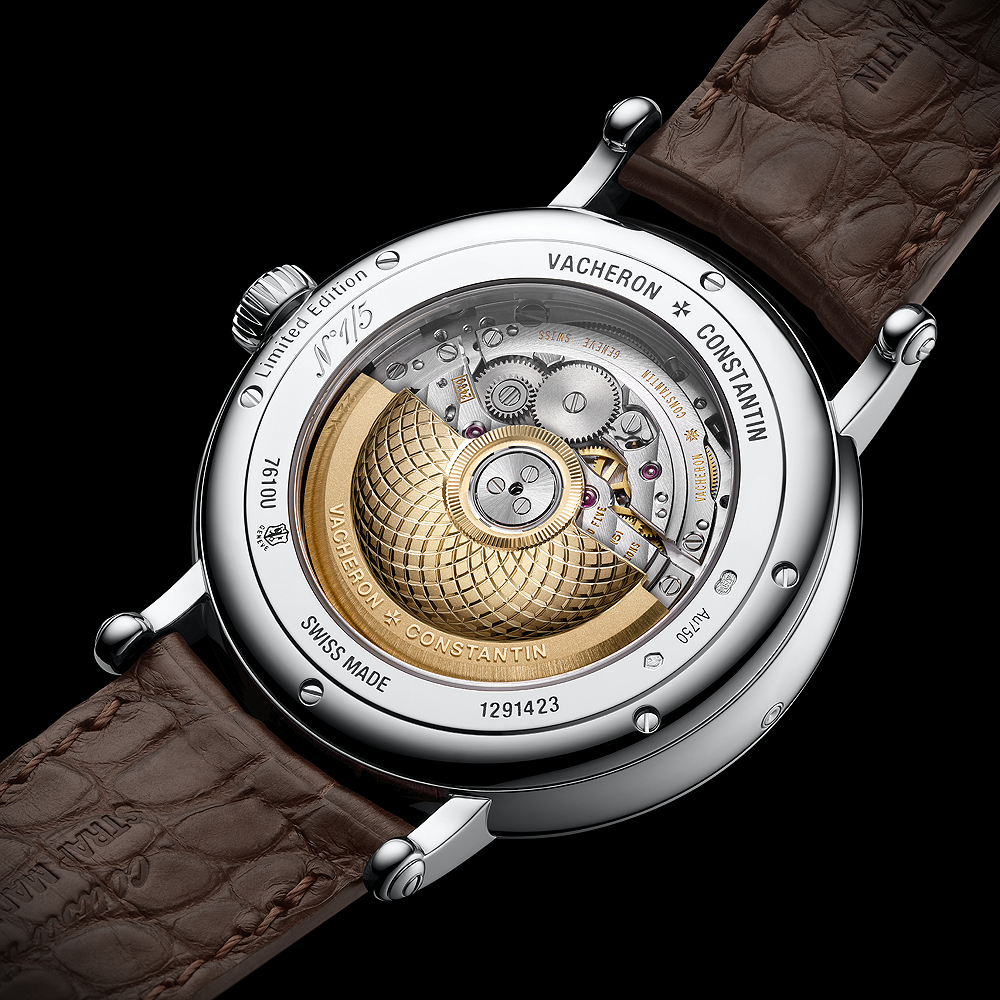
The first balloon flight by a human being is the inspiration for the Métiers d’Art Les Aérostiers – Paris 1783, which has a sky-blue background and a combination of white gold and rose gold in its ornate balloon. In the basket of this balloon, also designed by Étienne de Montgolfier, are two micro-sculpted aérostiers; on the balloon itself are a plethora of intricately engraved design elements, including suns, fleur de lis, garlands, signs of the zodiac and a majestic eagle.
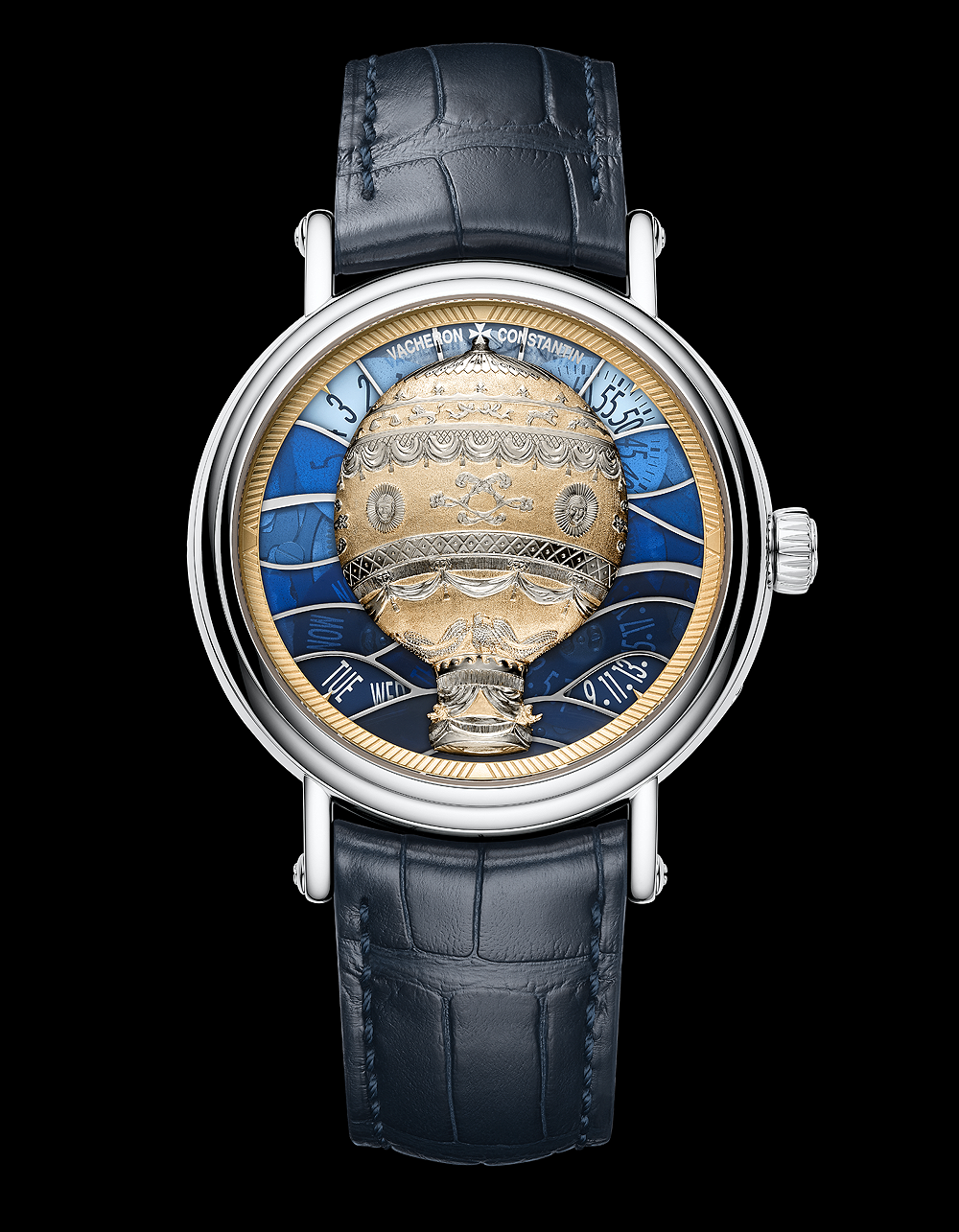
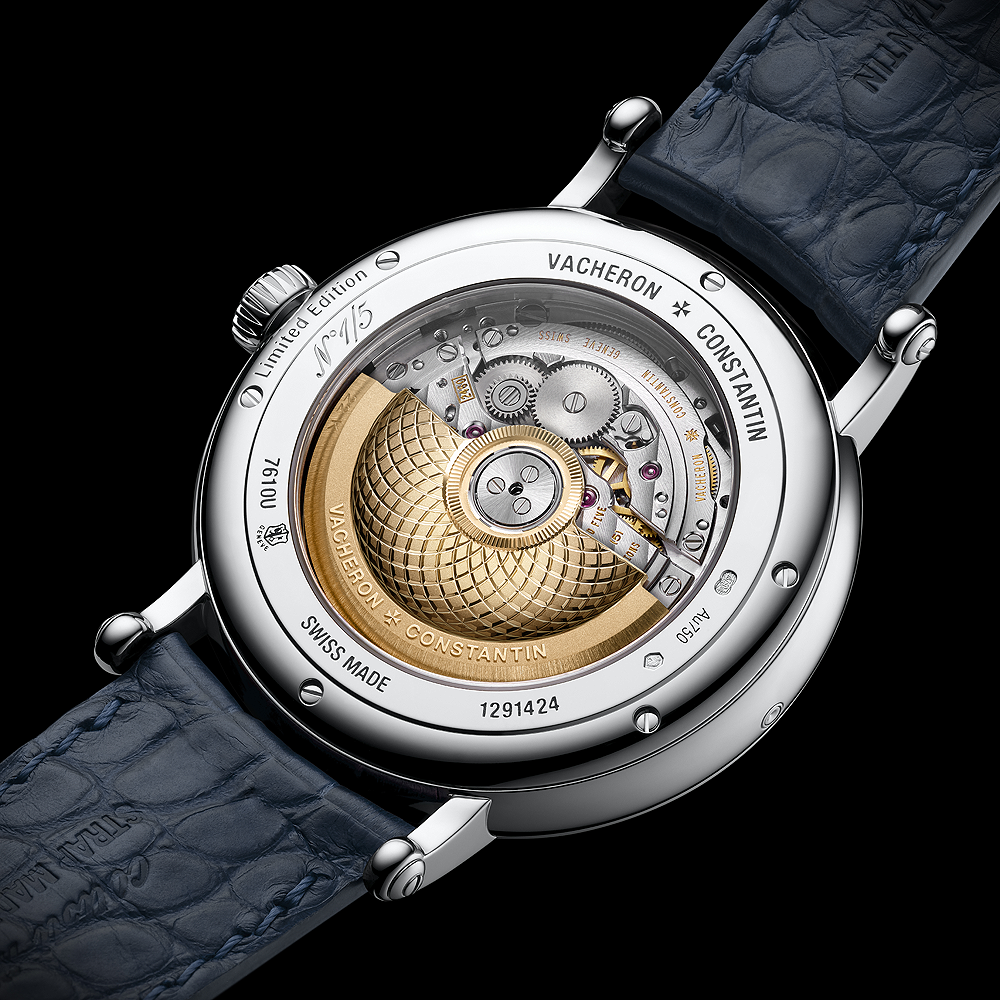
Another ballooning pioneer, named Blanchard, designed the flying device depicted in the green-dialed Metiers d’Art Les Aerostiers – Paris 1784. Its experimental system of wings, depicted in painstaking detail on the dial’s engraved gold balloon, were an early attempt to guide the trajectory of a balloon’s flight.
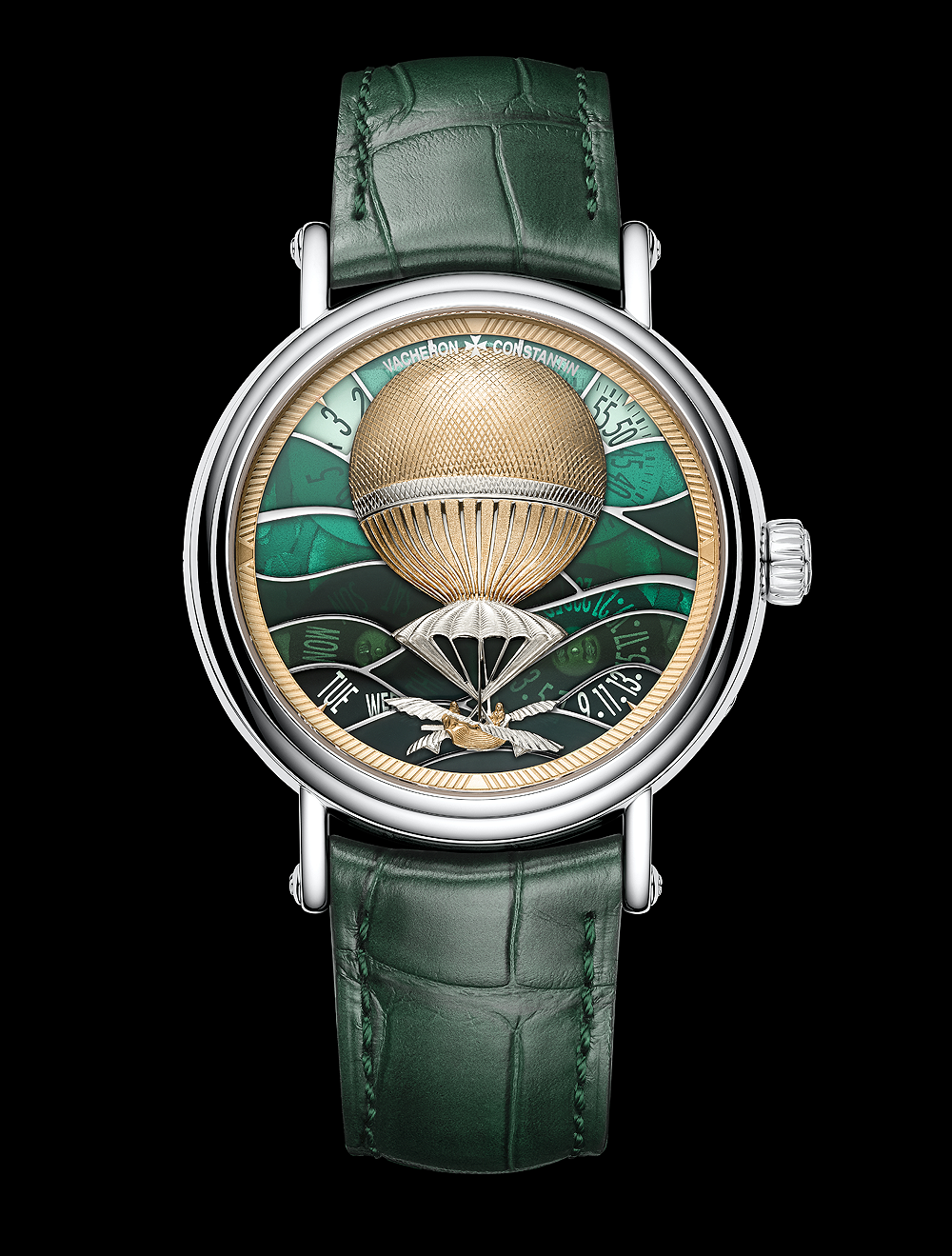
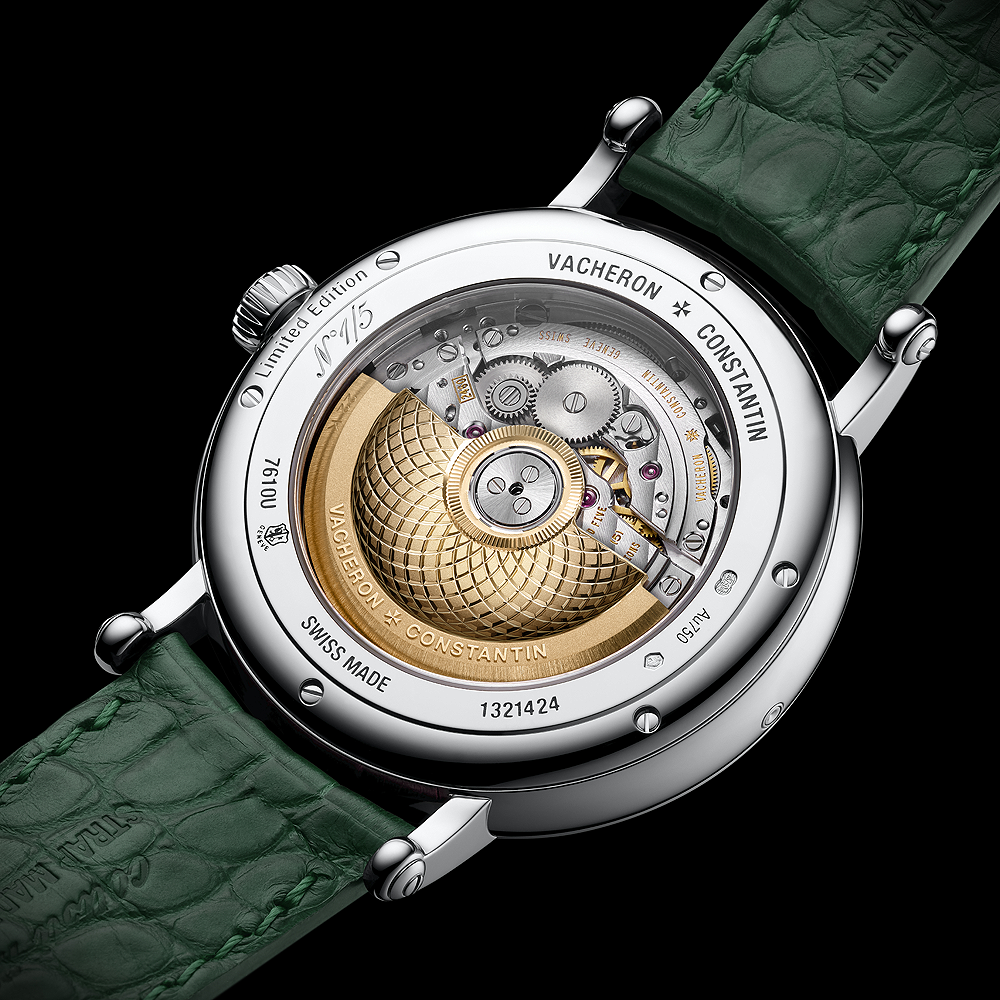
The dark red colors of a fine claret are appropriately deployed for the dial and strap of the Métiers d’Art Les Aérostiers – Bordeaux 1784, whose imagery is inspired by a historic three-person flight that took place in France’s storied wine region. The balloon’s engraved details include a number of fabrics and ornamentation, a depiction of a mythological scene, and, of course, the trio of human figures piloting the aerostat into the air from the basket.
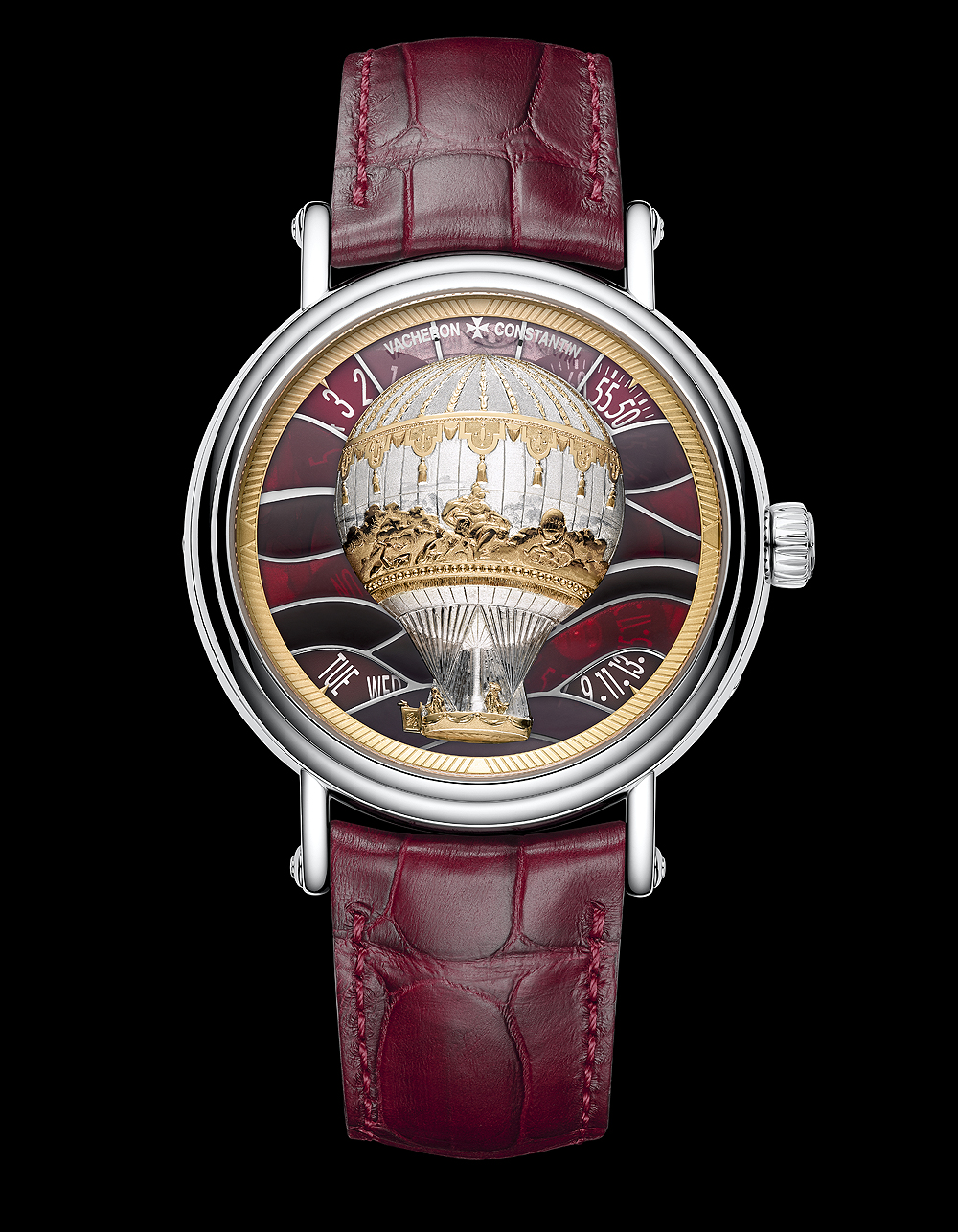
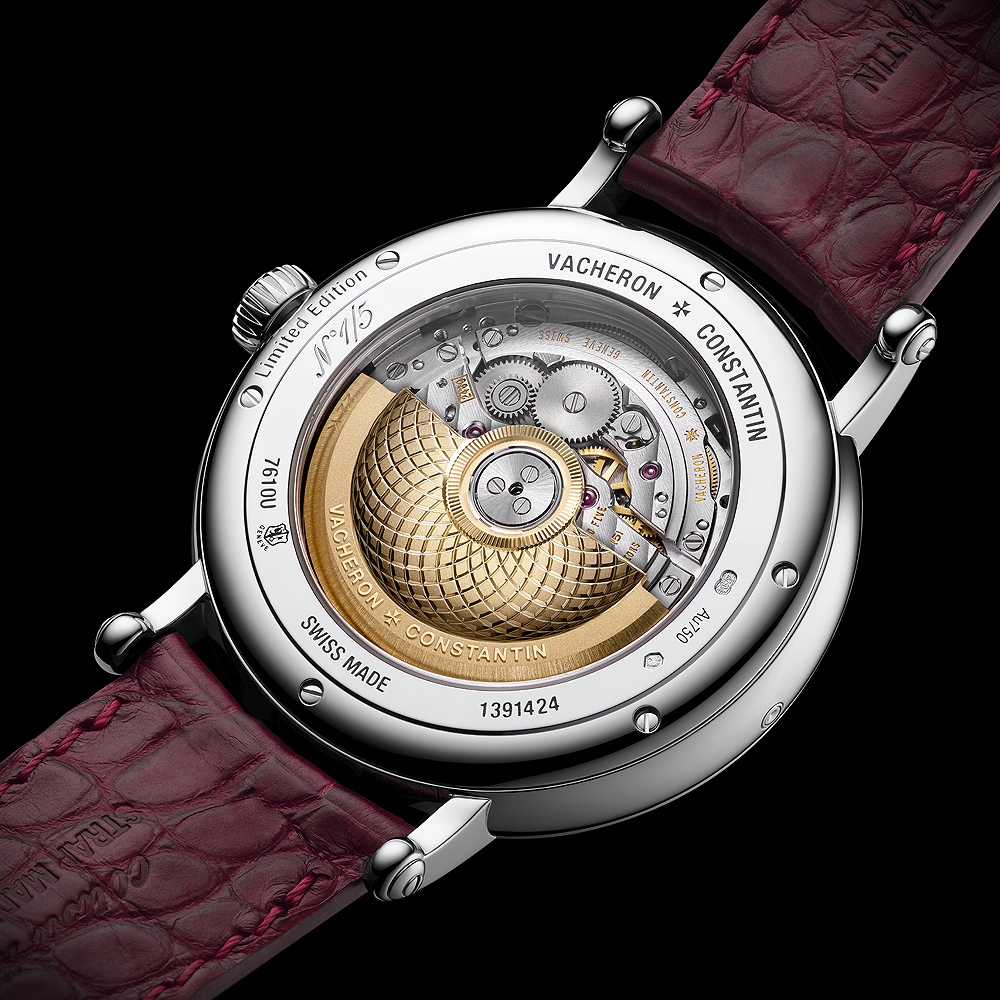
Finally, the Métiers d’Art Les Aérostiers – Bagnols 1785, with its various shades of blue translucent enamel and white-and-yellow-gold relief-engraved balloon, celebrates the successful flight witnessed by 10,000 spectators in the village of Bagnols in 1785. This dial’s balloon is notable for its blue-tinted upper sector, achieved through a gold electroplating process; also of note to historians is that the canvas of this history-making balloon would later be used to make uniforms for French Republican Army volunteers.
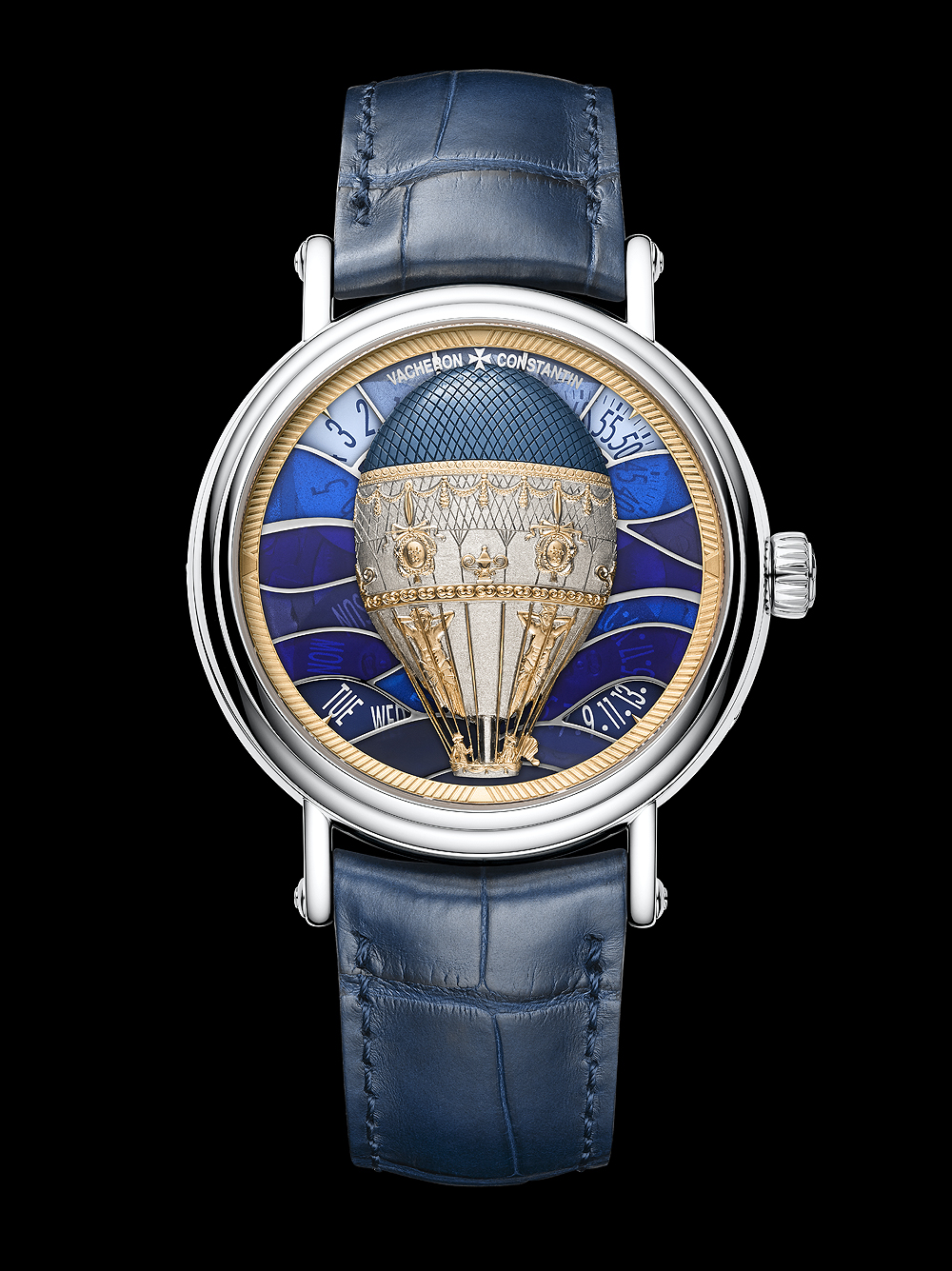

Like previous models in the Métiers d’Art series, each of the watches is powered by Vacheron Constantin’s self-winding manufacture Caliber 2460 G4/1, which is noteworthy for its unorthodox hands-free, disk-type time display — with hours, minutes, day and date indications all visible through apertures around the rim of the dial (the hours and minutes are “dragging” displays while the day and date are “jumping”). The 237-part movement, visible through a clear sapphire caseback, has 27 jewels, a 28,800-vph frequency, and a 40-hour power reserve; it has earned the Hallmark of Geneva for its high-end finishing, some of which can be glimpsed through the dial’s translucent enamel panes. The movement has been specially modified for this collection with a 22k gold rotor, engraved and domed to resemble a hot air balloon.
Each Les Aérostiers timepiece is housed in a 40-mm-diameter white gold case and mounted on a Mississippi alligator strap, with a white-gold half-Maltese-cross-shaped clasp, that echoes the background colors of the dial. Limited to just five pieces in each reference, they are priced at $135,000 (call it a balloon payment).





